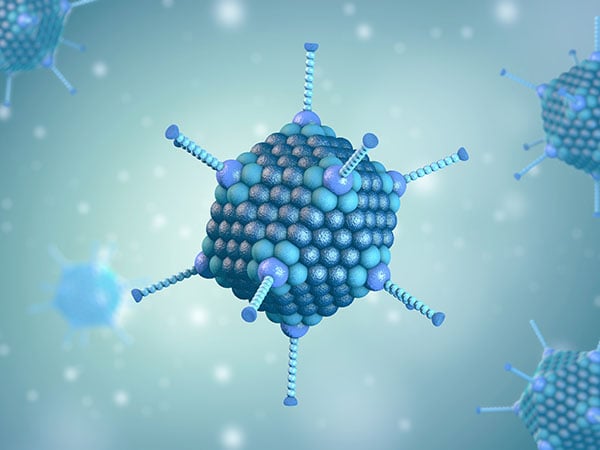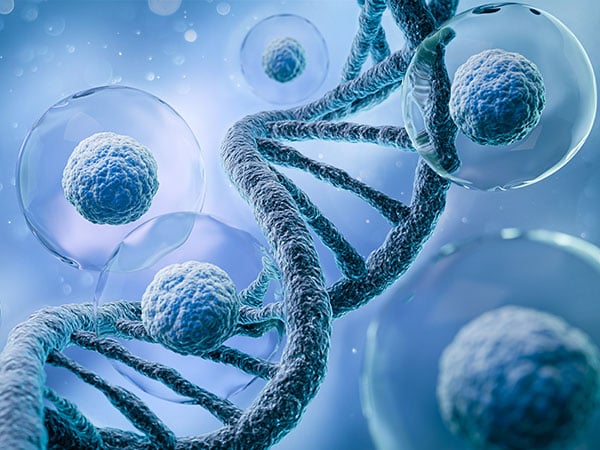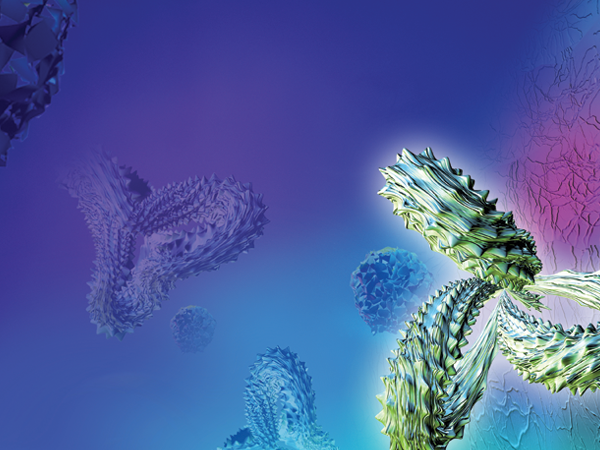分析型超速离心实验
分析型超速离心(AUC)是一项卓越的生物物理表征技术,专为溶液大分子定量分析而设计。利用离心力高效分离样品,精确表征样品特性,快速生成高分辨率结果。
Optima AUC 分析型超速离心机支持多样化分析方法,每种方法均配备专门的实验参数,适用于不同样品分析需求。作为生物大分子表征的“全能工具”,带您深入探索各种样品特性,全方位满足您的表征需求。
联系我们
本页面内容包含:

图:离心过程颗粒沉降边界示意图。图片上半部分显示 AUC 实验进行到一半时的细胞分布情况,下半部分表示获得的吸光度数据。
沉降速率(SV)实验
分析型超速离心沉降速率(SV)实验应用广泛,为用户提供丰富多样的分析结果。此类实验通过测量溶液中分子在离心力作用下的沉降速率,提供高分辨率沉降系数分布信息,获取溶液分子的大小、形状和分子间相互作用相关基础数据。SV 实验特别适用于样品异质性、分子大小和形状的分析,颗粒负载状态的评估,以及复合物形成与解离动力学的研究。
图:离心过程颗粒沉降边界示意图。图片上半部分显示 AUC 实验进行到一半时的细胞分布情况,下半部分表示获得的吸光度数据。
沉降速率实验中,样品受强大离心力作用,溶质分子向样品池底部移动,并最终沉降到样品池底部;但浮力和摩擦力会阻碍这一沉降过程,导致溶质分子发生扩散。这种沉降和扩散的相互作用在液面附近形成一个浓度边界层,并随溶液中沉降的分子一同沿离心力方向移动。分子随时间和径向位置变化的沉降和扩散行为由 Lamm 方程描述:

沉降速率(SV)通常是多数 AUC 应用的首选方法,包括:
- 蛋白质自缔合和异缔合研究
- 病毒载体质控(空载率)
- 膜蛋白
- 脂质纳米颗粒
- 生物技术应用
此外,多波长 SV 技术通过流体力学和光学特性分离溶液中的颗粒,为蛋白质和核酸之间的相互作用表征提供了高分辨率、无标记的解决方案。
沉降平衡(SE)实验
作为 AUC 技术的经典方法,沉降平衡实验一直以来在生物物理实验中发挥着重要作用,被广泛应用于测量蛋白质的分子量。然而,随着快速计算机的问世以及 Lamm 方程描述的普及,该方法的使用率有所降低。Lamm 方程支持在沉降速率(SV)实验中对多个样品组分进行高分辨率分析。
尽管如此,科研工作者当前仍青睐于使用沉降平衡(SE)实验确定缔合-解离平衡常数,分析过程中,无需对分析物的形状或摩擦特性作任何假设,同时还能精准测量第二维里系数(B22)。沉降平衡 AUC(SE - AUC)方法要求的转头速度较低,且实验运行时间较长,因此沉降力和扩散力在实验结束时能够达到平衡状态,从而在样品池中形成稳定的样品浓度梯度。沉降平衡(SE)实验通常需在多种不同浓度和转速条件下测量样品,并对结果进行全局拟合分析。为降低样品需求量并提升 SE 实验通量,可采用 6 通道中心件(样品池)同时容纳并分析多个样品。
虽然沉降平衡 AUC(SE - AUC)能够提供富有价值的分析信息,但仍存在一些挑战,如样品池底部达到高浓度时会形成聚集体、较长的离心运行时间,以及可能面临的全局拟合复杂性。但在某些情况下,与上述局限性相比,该方法能带来更出色的结果和丰富的实验参数。特别是在没有可行的标准品可用,或色谱柱样品间存在相互作用,以及需测定寡聚化常数或渗透维里系数时,这一优势尤为突出。

| 沉降速率 | 沉降平衡 | |
|---|---|---|
| 分析过程 | 测量分析物的沉降和扩散速率,提供分子大小、形状和相互作用的动态信息 | 使样品颗粒在离心样品池中达到平衡状态,精准测定分析物的分子量和相互作用常数 |
| 离心速度 | 高转速 | 低转速 |
| 离心持续时间 | 较短(几个小时) | 较长(几天) |
| 数据分析 | 对边界形状和速度进行分析,确定沉降和扩散系数,获得分子量、形状和尺寸分布/异质性信息。 | 分析样品处于平衡状态时的浓度分布,精确定量分子量和结合常数 |
| 应用领域 | 动力学研究、样品纯度评估、聚集体检测、分子间相互作用研究、病毒载体质控(空载率) | 分子量测定、寡聚化研究 |
了解分析型超速离心技术(AUC)更多信息
密度梯度平衡(DGE)
密度梯度平衡 AUC(DGE - AUC)是一种用于根据分子密度分析和分离分子的技术。将样品置于具有密度梯度介质(通常为氯化铯)的分析型超速离心机(AUC)样品池中。当样品在超速离心机中受高离心力作用时,梯度介质将形成密度梯度,样品中的分析物在梯度中移动,并一直延梯度液移动到与其浮力密度恰好相等的位置。此时,分子达到平衡并形成不同区带,使用 UV-vis 光学元件测量区带。
相比其他 AUC 方法,DGE-AUC 展现出了卓越的灵敏度,所需样品量更少,同时数据分析过程简便快捷,兼容多数绘图软件。此外,DGE-AUC 的独特性还体现在仅基于浮力密度即可分离溶液中的分析物。
仅用于科学研究,不可用于临床诊断
相关资料
联系我们了解更多关于分析型超速离心机





